The What (Part 1) – A Strong Foundation
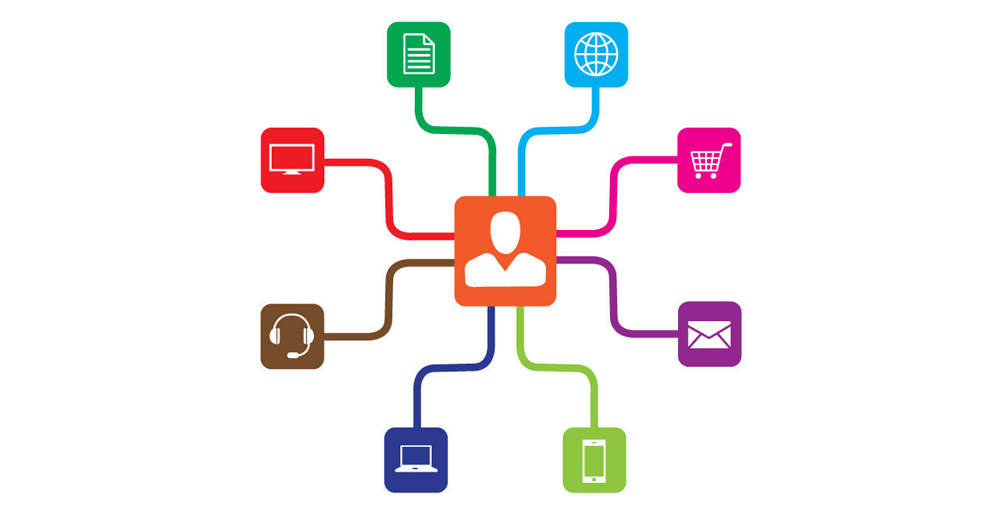
Architects, both digital and beyond, know it is not the beauty of a structure that should call attention, but the foundation which allows it to stand the test of time.
Nowhere is this truer than with Omni Channel marketing.
With the abundance of technology solutions and channel platforms available to today’s marketers, it can be easy to get lost in the glitz and glamour of the Omni Channel revolution.
Purchases no longer follow a linear path, and customers are less predictable than ever before. From social media use, to multi-device interactions, to leveraging digital knowledge with brick and mortar store visits … today’s consumers expect the convenience of several synchronized platforms.
Further complicating the marketing process is the fact that the customer journey is now capable of occurring both online and offline, with simultaneous integration!
How can businesses respond to these demands?
Businesses should focus their efforts on constructing a consistent and fluid customer experience across all channels and devices, one that customers will enjoy because its foundation meets their needs.
What is a successful Omni Channel foundation built upon? Meeting consumer value expectations.
Today we are here with your Omni Channel blueprint for value and ROI. In this post, we will cover the what, the why and the how of engineering a successful Omni Channel foundation … one that will survive the future of nonlinear purchasing.
As we have already begun with “the what” of our blueprint, let’s take a look at a digital age example of Omni Channel success.
The What (Part 2) – Walgreens
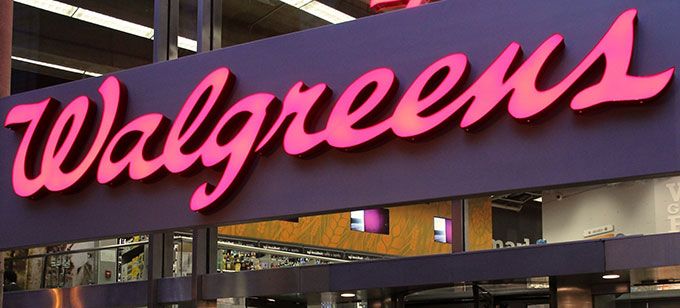
Much praise is justly directed toward Apple and Chipotle for their millennial centric Omni Channel solutions.
These two companies have been innovators within their industries for years, and have been shining examples in adapting to the challenges faced from the digital age and millennial marketing revolution.
Yet, quietly under the radar has flown another company that deserves equal praise for its Omni Channel solutions:
Walgreens
If you dismiss Walgreens as only a drugstore, you are missing a great opportunity to review the benefits of seamless channel integration and customer value. By focusing on the extension of convenience and value, Walgreens unified its customer experience by re-inventing all the things they traditionally did well.
Let’s take a look!
Walgreens Highlight #1 – Mobile Photo Prints

Up until the rise of the digital age, Walgreens and many other similar pharmacy centers (e.g., CVS, Rite Aid) were the “go to” option for developing rolls of personal film. Whether for the holidays, graduations or birthdays, Walgreens promised one-hour development/pickup and always delivered. As the digital age developed, kiosk options became available in storefront locations, and Walgreens catered to the needs of the digital camera enthusiasts.
Then came the smartphone.
The non-professional need to develop proofs almost disappeared overnight! Families began keeping digital scrapbooks instead of printing photos. Pictures were stored on smartphones instead of in books, and no seamless phone to transfer options existed. Logic would have you assume Walgreens fell victim to the digital revolution….
But logic is wrong! Walgreens took the initiative and implemented smartphone technology allowing users to print copies of pictures from their mobile phones. This can be accomplished in the physical store location, on the website or through the phone application itself. By 2014, Walgreens reported that almost 40% of its photo print requests came through its mobile app.
It is an example of adaptation at its finest.
Walgreens Highlight #2 – Prescription Refills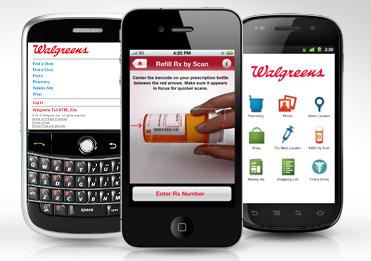
Walgreens has been involved in many product lines over the years. From home decor products, to groceries, to photo printing, its offerings are diverse. Yet, perhaps most significant to its livelihood is its line of pharmacy products and service benefits.
Prior to the digital age, Walgreens, like all pharmacies, would have to physically engage customers at a specific store location, one typically assigned by their primary care physician. The prescription would have to be called in and picked up and the same for refills.
Today? It is a completely different ball game.
Today, consumers are presented with a multitude of different options, including:
- Automated email refills (great CRM example)
- Barcode scanning via mobile app (digital age evolution)
- Call in by phone (tradition never dies)
Walgreens Highlight #3 – Loyalty Rewards Program
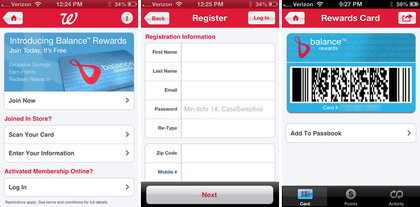
What do consumers love? Rewards!
Walgreens has had a rewards program for years, one that traditionally was linked to physical cards carried by consumers. Today, they have responded to the market and gone digital.
Consumers can now use the Walgreens Balance Rewards app to keep track of the reward points they accumulate through purchases, and then use the app or physical card to purchase items with their points. Walgreens has also applied geofencing technology to notify a consumer when they are near a Walgreens location. When the consumer responds to the notification, they are automatically brought to their rewards balance and notified of any coupons.
How instrumental has Walgreens Omni Channel strategy and digital evolution been to its success?
Well, according to their Senior Director of Mobile Commerce, Tim McCauley, consumers simultaneously engaged in multiple Walgreens channels are likely to spend 3.5-6x more than customers who only engage brick and mortar channels.
Walgreens is a perfect example of why Omni Channel Solutions are so absolutely necessary in a digital world.
The Why – Why Are Omni Channel Solutions Necessary?
Some marketing pundits are intent on labeling the Omni Channel philosophy a marketing fad or a trend. Some say that it can, and should, be used interchangeably with other phrases such as cross-channel marketing and multi-channel marketing.
Certain publications have recently gone so far as to proclaim the “death” of the Omni Channel. Taking note of all the rhetoric and hyperbole surrounding how businesses should market to the digital customers of today, we need to answer just one question:
Are Omni Channel strategies truly necessary?
If you want your business to succeed in an integrated purchasing age, the answer is a resounding “yes!”
Let’s examine the benefits….
The Why Benefit #1 – Multiple Points of Sale

The first, and most obvious, benefit to implementing Omni Channel solutions is that customers can easily select the purchase platform most convenient to them. This increased freedom of choice permits consumers to make purchases from wherever they want. Here are several channel interaction examples:
- Social media sharing: Today’s social media platforms are all about the transfer of knowledge. Facebook, Twitter, Instagram, Google Plus, etc., they all allow users to share and send information on products and prices like never before. Users can share reviews with their followers, ask for opinions, interact with influencers and receive coupons. The best part? The channel is always open!
- E-Commerce: Online shopping will continue to be a staple of the digital age Omni Channel. E-commerce offers customers convenience, unparalleled inventory, excellent customer service and discount perks. E-commerce channels will continue to function as high traffic channels and will be a priority for Generation X and Y alike.
- Mobile: Integrated mobile applications and mobile payment solutions grant customers the ability to use their smart devices as point of sale instruments in the exchange of goods for currency. Future solutions could grant fully mobile payment options. This means customers will have the capability of selecting a garment in the store and scanning it with their phones for immediate payment. It is a mobile point of sale in every sense of the word.
The Why Benefit #2 – Enhanced Data Collection Capabilities

The ability to utilize enhanced data analysis solutions is an essential component of any successful Omni Channel implementation.
Pre-Omni Channel, consumer data was typically leveraged through the use of in-store customer questionnaires or email requests at the point of sale; however, these techniques were (and still are) severely limited in their return on investment (ROI). With only these traditional techniques, it is often difficult to understand the true user profile and purchasing preferences of any one particular customer.
Omni Channel strategies allow for seamless data collection through customer interaction and relationship building. Instead of pestering and pushing for customers to reveal their information and purchasing habits, Omni Channel solutions create the circumstances that facilitate organic and automated data collection. Customers are more willing to give an inside look into their wants and needs, if they are certain they will receive increased value in return.
By seamlessly connecting multiple channels and points of sale, companies can collect customer data in a less intrusive and aggressive manner. This organic collection will allow for enhanced personalization and ultimately more motivation for loyalty.
The Why Benefit #3 – Actionable Consumer Marketing
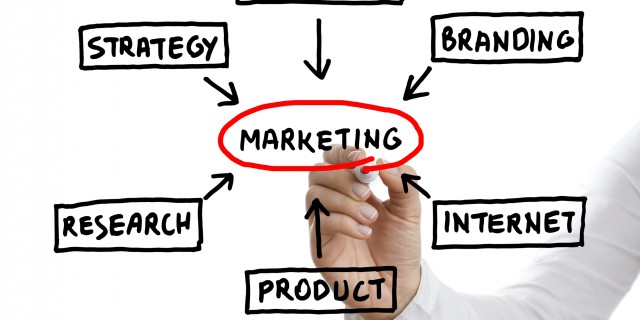
A final benefit from our non-exhaustive list is the ability for companies to deliver more actionable marketing outputs. Omni Channel solutions will help facilitate the movement of customers from online to offline channels, while providing employees with the tools necessary to meet the demand for increased access to information. The more actionable marketing opportunities that organically arise, the more productivity will increase, and ultimately, consumers will experience a “brand” and not a “channel.” This brand experience will likely prove to be effective in creating an unprecedented and customer-focused relationship.
The How – 5 Pillar Omni Channel Blueprint

Now that we have reviewed what Omni Channel solutions are and why they are important for mastering the digital age, it is time to further examine how they can be created.
Remember, even the most impressive structure crumble without a solid foundation. Here are the five pillars for your Omni Channel blueprint.
The How Pillar #1 – Outline Clear Goals

Before you can begin to implement Omni Channel solutions, you must clearly outline goals regarding products, consumers, services, suppliers, etc. As with any new venture, new risks will arise. However, there is also the opportunity for ample rewards. Goal setting will help narrow your focus and allow you to individually plan for each phase of channel implementation.
Several of the marketing solutions that must be reviewed include: email, social media, direct mail, mobile application solutions, content marketing, brick and mortar implementation and the potential reach and scope of channel integration.
Potential channel related objectives could be:
- Consistent branding for a uniform value message
- Engaging touch points to facilitate forward movement
- Channel integration for frictionless purchasing
As most business structures are built rigidly from the top down, they do not adjust well to unexpected change. Proper planning and goal outlining will help ensure a flexible Omni Channel experience, one not limited by linear rigidity.
The How Pillar #2 – Invest In Basic Channel Capabilities

We have spoken before in prior blog posts on the large disconnect between customer expectations in the digital age and the ability of companies to meet these expectations. According to a 2014 Forrester study, 71% of consumers hold the expectation that they can view brick and mortar inventory online. 50% expect the ability to make a purchase online and then pick it up in the store. Yet, in the exact same study, only 36% of the companies surveyed said they could meet those basic expectations!
The new demands of the digital age require businesses to develop customer centric capabilities that can meet the needs and expectations of consumers. According to an RIS News survey $45 million in sales are lost for every billion in revenue due to lack of integration functionality (i.e., inability to meet consumer needs). Meeting basic needs is key and often has very little to do with technological solutions.
What are some of the basic Omni Channel capabilities that should be developed prior to implementation? Here are three:
- CRM: Customer relationship management, both in practice and theory, is a necessity for 360-degree Omni Channel engagement. Before you can understand the expectations of your target market, you need to implement CRM strategies that will define all customer-facing engagements. These systems can also assist with data automation and customer segmentation.
- Marketing platforms: One of the biggest customer complaints across all industries has to do with the lack of unity that arises when companies deliver their core value messages. This delivery can be improved by unifying marketing platforms and by integrating technology that will help facilitate the transfer of customer data. As customers in the digital age create expectations based on who they are (not their preferred method of communication), value message delivery must be uniform across all channel solutions.
- Product pricing consistency: As multiple online and offline channels are likely to be simultaneously accessed by consumers during the life of a purchase, product pricing consistency is key to customer satisfaction. Regardless of the current channel a customer is in (whether tablet, smartphone or product catalogue), pricing interactions must be consistent. Product details and reviews should be uniform as well, so as not to leave the customer feeling misled. The reality is that a consistent pricing strategy has less to do with technology and more to do with a dependable and cohesive team effort across all channels.
The How Pillar #3 – Optimize Brick and Mortar Locations
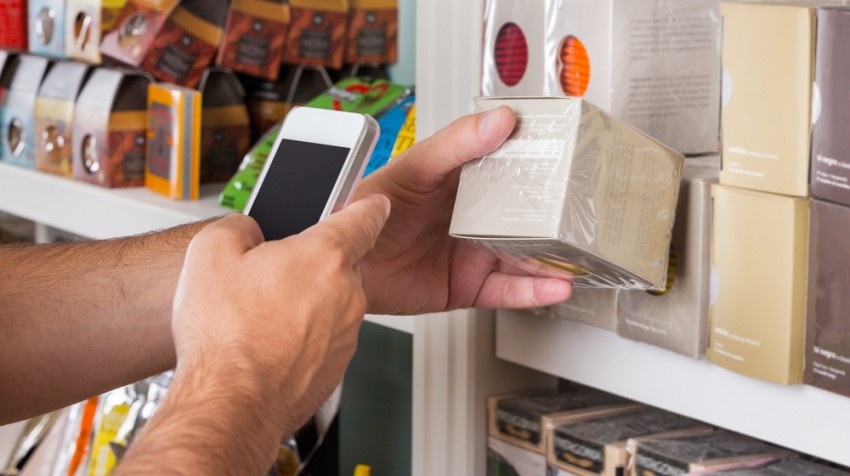
Contrary to popular belief, physical storefront locations are not Omni Channel deadweight. Yes, traditional roles are changing. Yet, companies that can adapt and evolve their physical stores with the new digital age will find a treasure trove of benefits. The large majority of sales are still completed at brick and mortar locations. In fact, according to a recent McKinsey & Company study, by the year 2025 85% of customer purchases are projected to be from brick and mortar locations.
How can physical store locations be adapted to the digital age?
Infuse them with technology!
This could potentially mean: digital product displays, mobile checkouts, coupon kiosks, interactive in-store experiences, interactive window displays, online purchase pickup, etc.
There are a limitless number of ways to keep the brick and mortar purchase points relevant within the framework of Omni Channel solutions. If companies can integrate and connect their physical, mobile and online platforms, the physical storefront will continue to remain important as a central hub for the customer journey.
The How Pillar #4 – Enable Technology

Inherently related to Pillars 2 and 3, advanced technology implementation is important enough to warrant its own reminder. Effective technology solutions are an integral part of any Omni Channel journey. From CRM to data management, from storefront relevancy to channel integration, technology can often determine your Omni Channel success.
Companies should implement the technology solutions that solve the riddle of managing the right data, at the right place, at the right time. The digital era has given rise to the integration of consumer and commercial technologies … this is a trend that should be reflected in all facets of consumer/company interactions.
Several of the likely solutions you will need to integrate into online/offline locations and channels include:
- Data Management Systems
- Customer Relationship Management Solutions
- Social Network Management Technology
- Interactive Customer Solutions (Brick & Mortar)
The How Pillar #5 – Define The Consumer Roadmap

The last step in the Omni Channel blueprint is to outline progress. Companies should draft an Omni Channel development map and review the whole experience from the target markets’ point of view. An understanding of not only potential customers, but the journey they will likely take, will help businesses understand how far they have come and how much further they need to go in their Omni Channel development.
By assessing growth capabilities, companies will be able to spot and address any integration gaps.
Be sure to have a confident understanding of the following:
- Inventory
- Order Management Systems
- Customer Data Solutions
- Network
- Operational Effectiveness
To Conclude…
With the ever evolving needs of the digital age, there is no such thing as a foolproof Omni Channel plan; however, the 5 Pillar Omni Channel Blueprint is both an instrumental and vital tool to help your business achieve positive ROI.
By applying its principles, you can begin to build a strong Omni Channel foundation that will stand the test of time.





























































